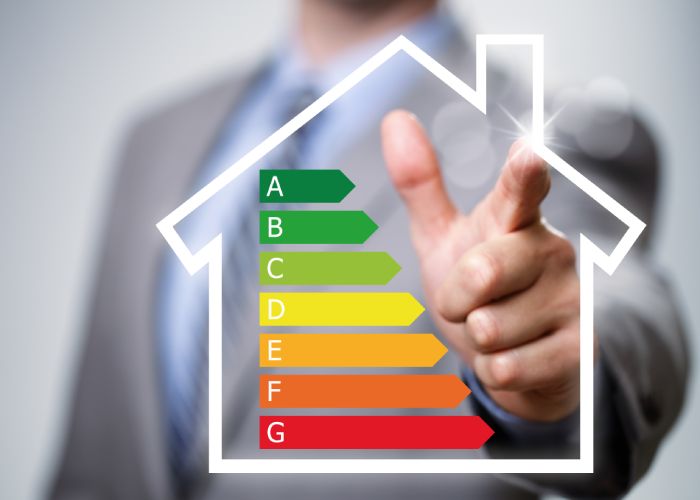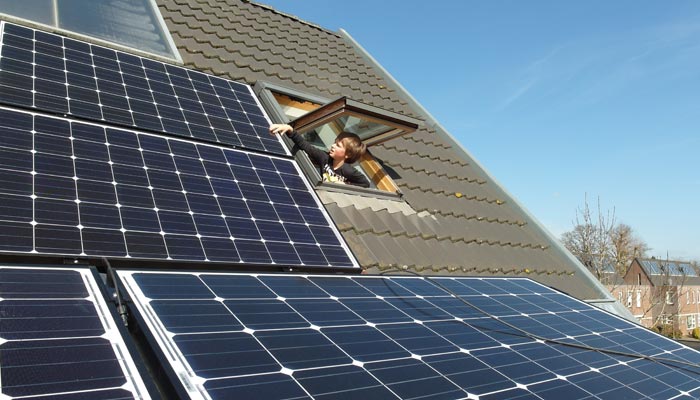Homeowners have different reasons for renovating their homes. They might want to renovate their home to increase its value, update its safety features or make it more convenient for its dwellers. Also, another plausible reason to renovate a home is to improve its energy efficiency, which brings other benefits such as decreased utility bills as well as a cleaner and healthier environment. Keep reading to learn more about the green home renovation, the sustainable materials you can use and energy-efficient solutions you can go for.

When it comes to green home renovation, you can start with insulation. It is a crucial step, as everything you do won’t be worthwhile if your home is poorly insulated. Then, you can consider switching to using solar panels for electricity and hot water. You can install a renewable heating system as it is a natural way to heat your home. As far as building materials are concerned, you can reclaim and reuse materials as well as use natural materials. And lastly, there are even plausible water recycling solutions worth considering.
Start with the insulation
As we already briefly mentioned in the introductory paragraph, insulation is a crucial starting point. It is a critical step in any eco-renovation. A poorly insulated home loses heat quickly, so it’s inefficient. You can lose as much as 40% of the heat due to a lack of quality insulation. Insulating loft or cavity walls is fairly simple, using materials such as sheep’s wool and expanding foam. When it comes to the insulation of solid walls, you can apply thermal lining internally, while externally, you can fix a layer of insulation to the existing walls and render it.
And if you are looking to buy a home in Australia, Europe, the USA, or basically anywhere in the world, you should pay attention to its insulation. For example, if you are interested in buying a home in Orange, Australia, you can hire real estate agents from Orange, NSW, to find you a suitable home. You can give them some priority features, such as good insulation.

Consider solar panels
Solar panel systems have been present on the market for some time now. People are starting to see all the benefits they bring us, so more and more people decide to go for them. They are used to produce electricity and hot water. The principle they work on is turning sunlight into electricity. However, they don’t need direct sunlight to charge – they can collect sunlight even on a cloudy day. To be able to do that, you will have to place the panels on a roof or wall that faces within 90 degrees south. They are a pricey investment, but they totally pay off.
What’s more, water-based systems use evacuated tubes or flat plate collectors fitted to your roof to draw energy from the sun to warm water. In some countries, you need planning permission for these systems, while in some, you don’t. In sunny countries, for example, in countries in Australia, more than 30% of households have solar panels.
Install a renewable heating system
Installing renewable heating systems is a natural way to heat your home. There are several options regarding renewable heating systems, including heat pumps and wood-fuelled systems, such as biomass boilers. Ground source heat pumps use the heat from the earth to heat your home and water circuits. On the other hand, air-source systems use a similar principle, but they extract heat from the air. They are usually placed on an external wall or in roof space. Moreover, wood-fuelled healing systems use pellets or wood in a central heating system to warm up the entire house.
Reclaim and reuse building materials
Reclaiming and reusing building materials is highly beneficial to the environment. You can source such materials directly from demolition projects. When a building is dismantled, it is often done carefully so that the materials can be sold and reused. You can also find such materials at salvage yards.
Recycle water
Recycling water is another excellent way to boost the eco-friendliness of your home. Collecting thousands of litres of rainfall on your roof is a great way to start. Water collected in this way and recycled can be used to flush toilets, fill washing machines and water the yard. You can use a rainwater collecting system that collects rainfall via a pipe, filters out all the dirt, and then stores the usable water in a tank.
These are just some options to make your home green; there are more, and you can learn more about them online.




